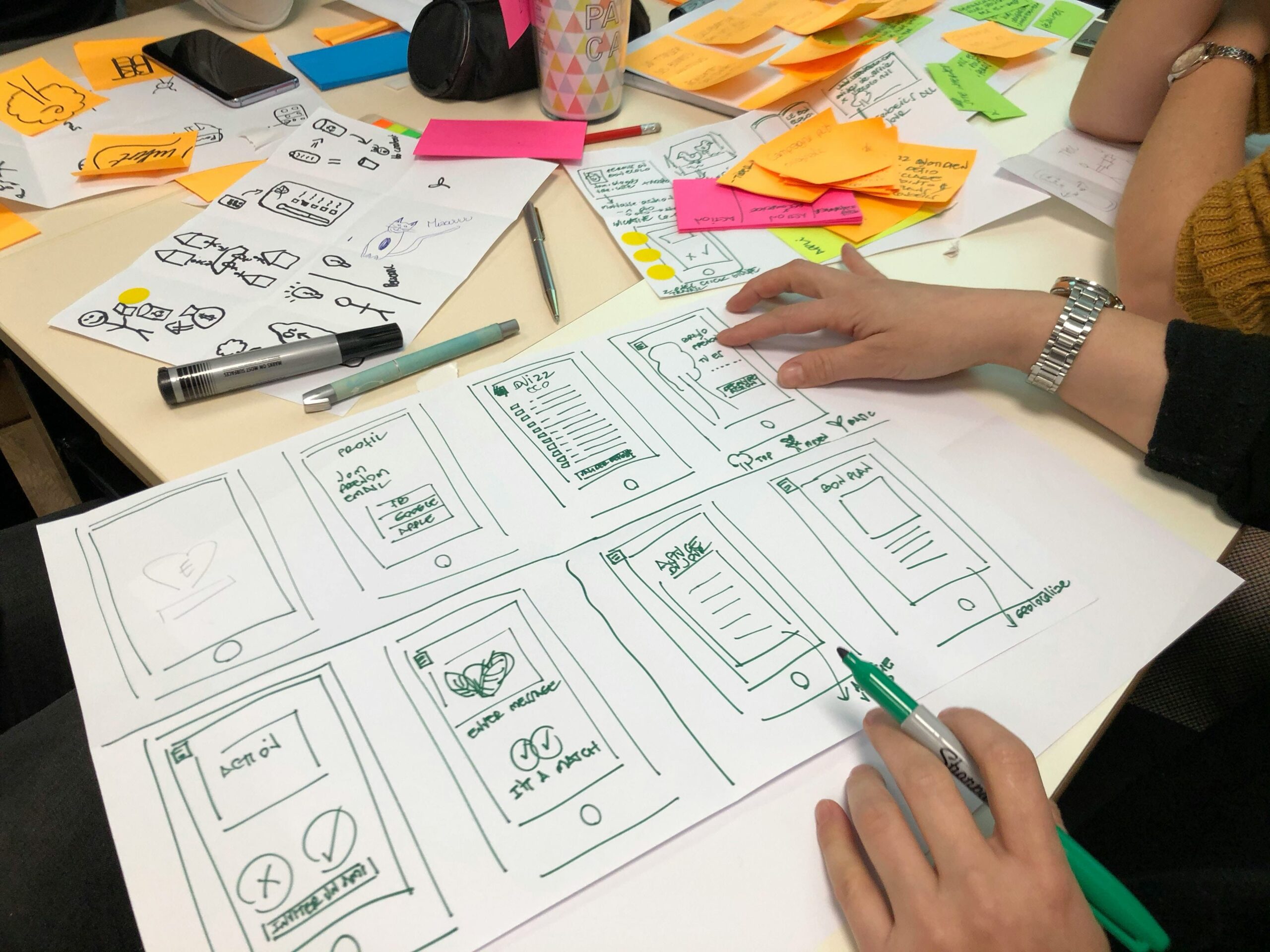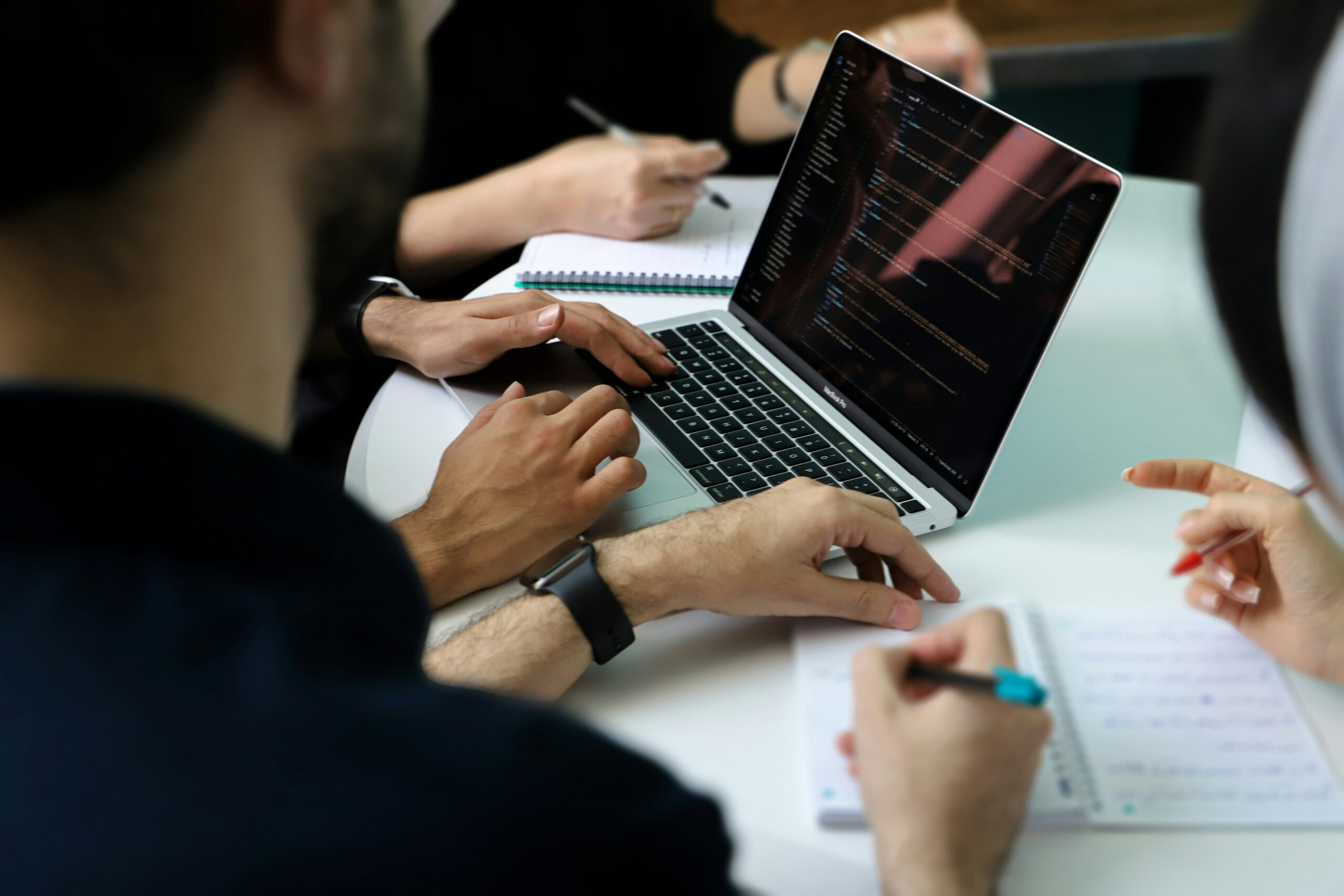Meet the four winners of 13M, the first nationwide digital inclusion gas pedal created by Banque des Territoires, Groupe SOS and H7.
Hello Cyril, can you tell us a bit about yourself? 👋
My name is Cyril, I’m 37 years old, I have 4 children and 4 companies to my credit. I come from a large family of entrepreneurs: my grandfather ran his company until he was 62! It was he who instilled in me a passion for computers, and who was my source of inspiration in the creation of my project.
As far as my background is concerned, I graduated in electronic engineering in France, and then moved to Canada to work in the video game industry. At the age of 21, I was responsible for 70 people in 25 countries.
After a few years on the other side of the Atlantic, I came back to France. I took on a series of assignments in different business sectors before taking up a position in the tech sector as Technical Director of a SS2I – an IT engineering services company – in the Oise region.
In 2017, I founded Check Noury Technology, an IT services company for VSEs and SMEs. It gives me a reliable first experience of entrepreneurship and helps me build my network. It also provides me with financial security and facilitates the development of a second, parallel project: Informa’Truck.
Can you tell us about the Informa’Truck concept? How did you come up with the idea?
Informa’Truck is a computer repair workshop in a mobile truck that travels around rural France. Our aim is to reduce the digital divide and combat the obsolescence of computer equipment through a local repair service. The idea came from my grandfather, who taught me how to build a computer from scratch.
In 2017, he’s over 80, suffering from a degenerative disease and starting up a computer is becoming complicated. He lives in a remote part of the Oise region, with my grandmother. I visit them very regularly, but I spend more time solving their technical problems than enjoying my time with them.
I realize that they are not alone in facing these difficulties. The divide is reinforced by the lack of local services in rural areas. Beauvais, the nearest large town to my grandparents’, is more than 25 minutes away. Some people are unable to travel, so homecare is necessary, but the quality of service is not always optimal. If they can’t get there, the repair shop has to come to them.
During the development of the project, I encountered a number of technical problems: 4G is not functional in all rural areas, and above all, I had to fit a 70m2 workshop – and all the repair equipment required – into a truck. The model is new, and there’s a lot of research and development: after several years of assembling technologies, I’m officially launching in 2021 .
What impact would you like Informa’Truck to have?
My primary objective is to reduce the digital divide. I want this project to combine digital inclusion with ecological and societal impact.
Informa’Truck is committed to inclusiveness, in particular through the hiring of disabled workers undergoing vocational rehabilitation. In 2017, I met Yan, a former motorcycle mechanic, recognized as a disabled worker because his back couldn’t take the heavy daily loads.
I offered him a permanent contract at Check Noury Technology – my service company for small and medium-sized businesses – and we worked together for over a year to develop the Informa’Truck workshop-truck prototype.
Why is the subject of disability a driving force behind Informa’Truck?
I have a particular sensitivity to the subject of disability, not least because of my personal history.
To provide a quality service, I don’t need to be surrounded by qualified IT specialists, just motivated people. I train my teams myself, with a dedicated curriculum and onboarding. Employees benefit from self-confidence coaching, hypnotherapy sessions and support from addictologists.
Informa’Truck guides disabled workers towards positivity. I often say thatwe put disability inclusion at the service of digital inclusion.
What makes up the team?
We are four founding partners. I’m joined by Virginie, a former Nestlé Group HR manager, who handles recruitment, onboarding and follow-up; and Elias, a 62-year-old start-up with extensive international experience. He manages the financial and development aspects of the structure; and finally Marie-Chantal, a former village mayor in the Oise region. She supports us in our relations with the region.
There are four members of the technical team, but only Yan, our first teck’trucker, is full-time on Informa’Truck. Thomas, with his dual skills in robotics and IT, is our technical director: he trained Yan. We also have Étienne, a system administrator, and Loan, an application developer on a sandwich course. The aim is to hire them full-time on Informa’Truck after our fund-raising.
What do you expect from the 13M program?
We already have the support of a number of labels and companies, including Intermarché, which allows us to set up in the parking lots of its supermarkets, and Malakoff Humanis, which privatizes our workshop trucks several times a month for operations on “ageing well in rural areas”.
I joined the 13M program to pursue my development and be surrounded by experts in digital inclusion. My expectations are precise! The first is a better understanding of the inclusion ecosystem. The second is to help us extend our reach and pursue our development in the areas that need it most.
What is your definition of digital inclusion?
Digital inclusion isn’t just about skills. It consists of three links:
→ Have an Internet connection
→ Have functional and suitable equipment
→ Have the knowledge to use it
Many solutions are working on the first and last points, but few initiatives exist for repairing equipment and extending its lifespan. Informa’Truck ‘s local assistance and breakdown services fill this gap .
So we have two missions: to educate, on the functionality and durability of the equipment, and to repair, to minimize the ecological impact and costs for the customer.
What can we wish you for the future?
Firstly, to find the money to finance the trucks, so that we can set up wherever we need to. Within 7 years, our ambition is to have 210 trucks and 420 disabled technicians recruited close to home. We hope to be able to help around 7,000 people per truck, or almost 1.5 million people a year .




